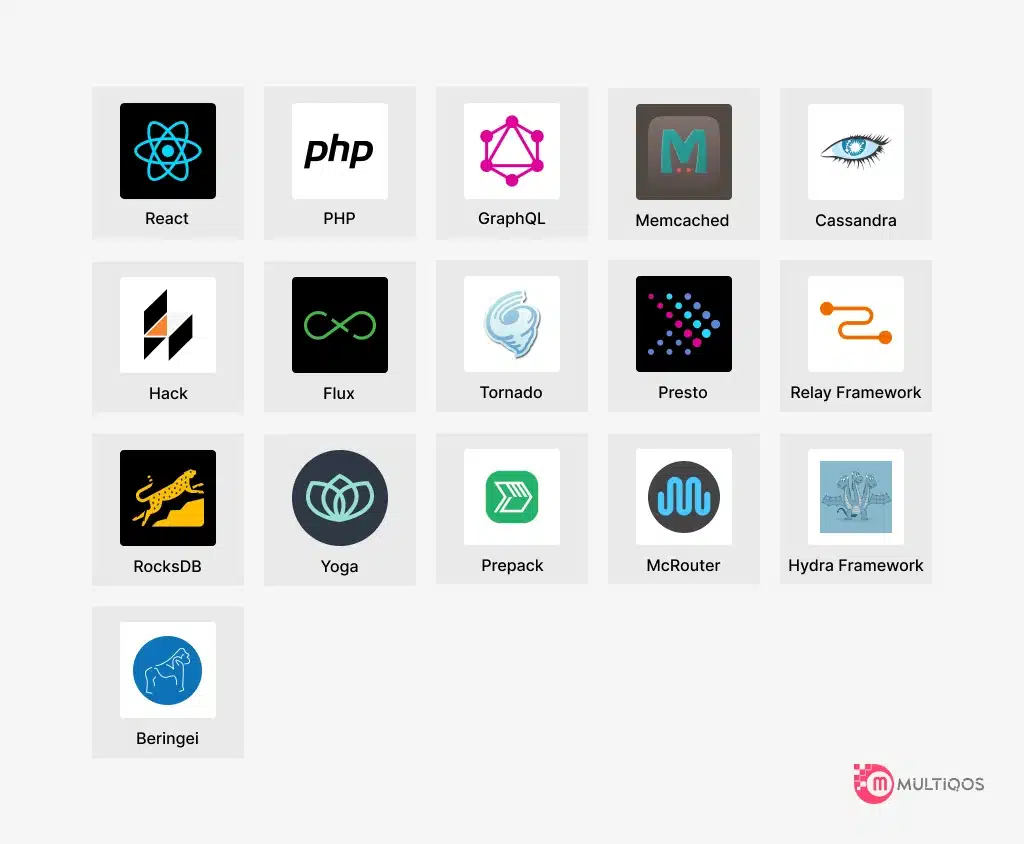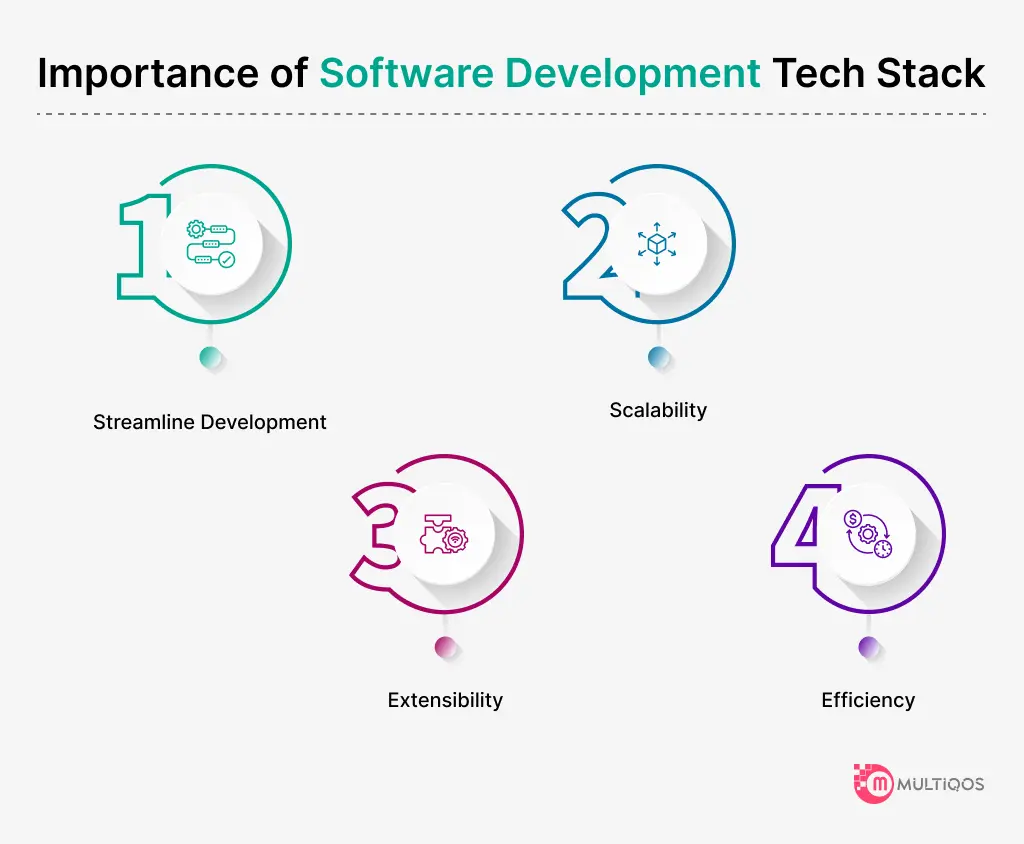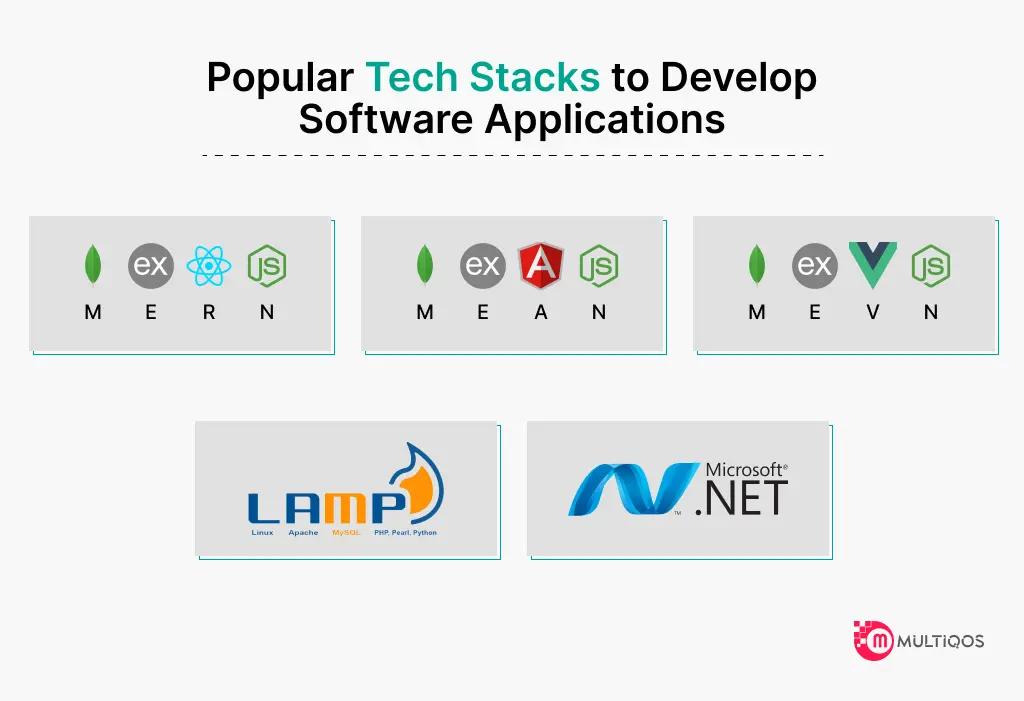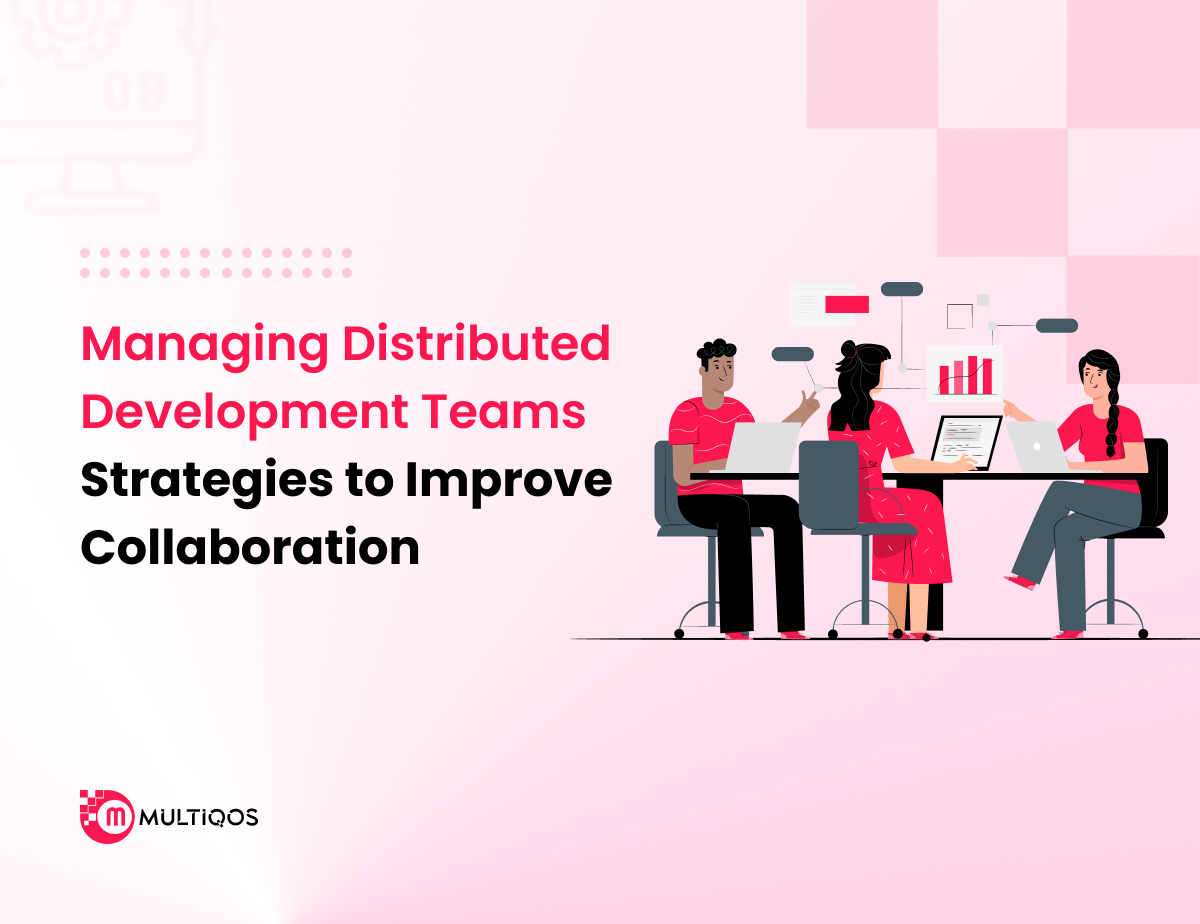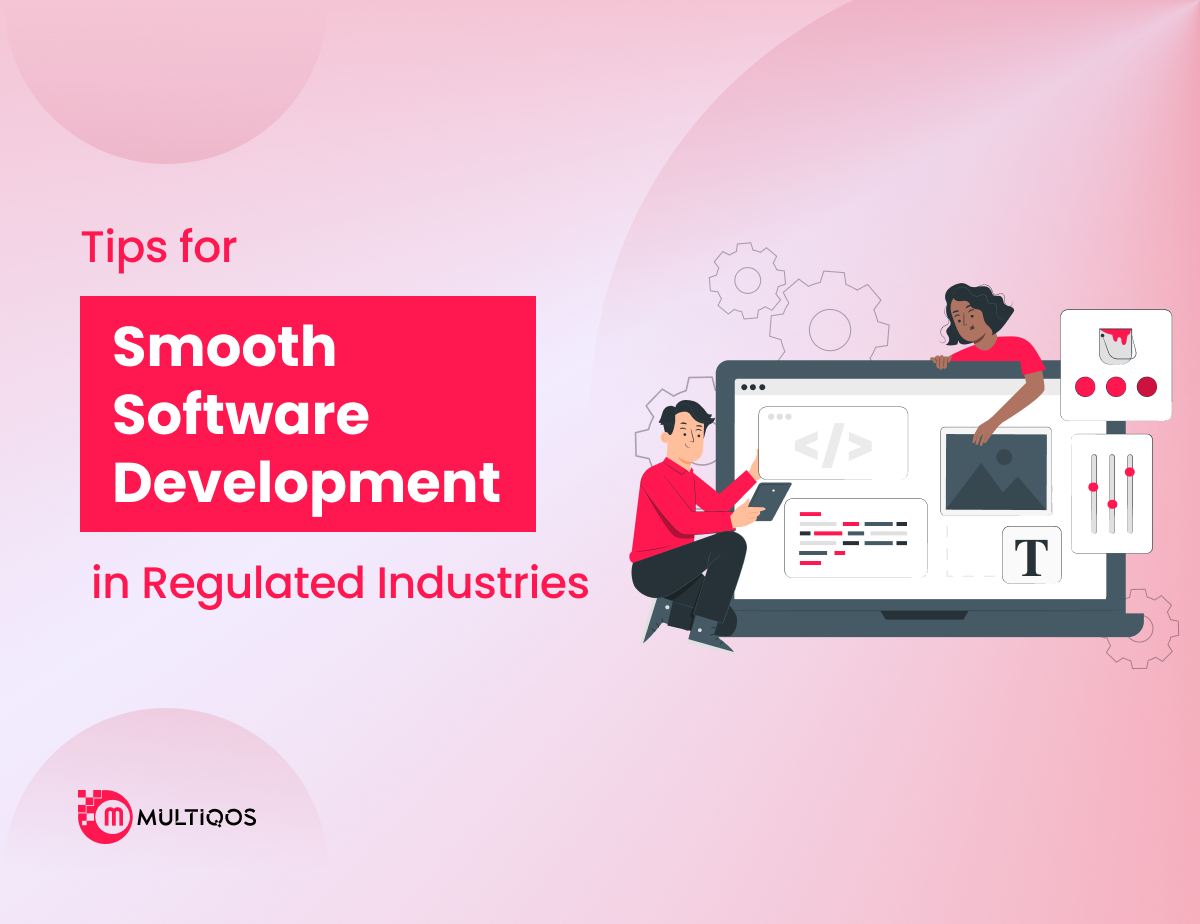Everything About Software Development Tech Stacks and Its Significance
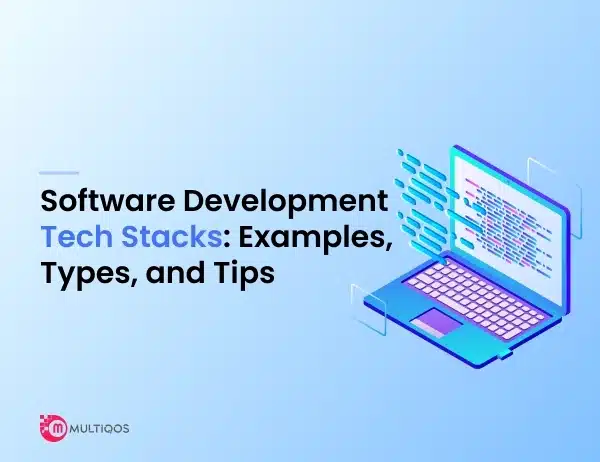
Table of Contents:
- Introduction
- What is a Tech Stack?
- Importance of Software Development Tech Stack
- Examples of Tech Stacks for Different Platforms
- Different Types of Software Development Tech Stacks
- Popular Tech Stacks to Develop Software Applications
- Tips to Choose the Right Software Development Tech Stack
- Final Note
- FAQs
Today, software has become pivotal for every organization no matter the size. Hence, investment in custom software development is rising substantially. Moreover, developing custom software with the right features and functionalities requires a robust tech stack.
A software development tech stacks is a combination set of different technologies that help develop, deploy, and run applications. There are a variety of software development tech stacks today with various advantages and disadvantages.
Selecting the best tech stack is crucial to developing a flexible, reliable, and resilient application for your organization. Plus, the selection of tech stack also affects the performance and security of software.
In this article, you will everything about software development tech stacks and get tips to choose the best one. Plus. the article gives details on some popular tech stacks that are widely used for a wide range of software applications.
Keep reading to get this information that will help in your decision-making.
What is a Tech Stack?
A tech stack or technology stack or more precisely a software development tech stacks is a collection of diverse programming languages, frameworks, libraries, and other technologies and tools. This stack of different technologies and tools allows developers to create software applications with the necessary functionalities and user interface elements.
The tech stack also referred to as the solution stack provides underlying infrastructure to power software applications. It offers a standardized way to develop software applications. Many attributes like maintainability, scalability, performance, and more depend on the tech stack.
Check out the tech stack of Facebook by Stackshare.io:
As you can see in the image, there is a wide range of technologies used in its tech stack. There are more technologies though. Different technologies in the tech stack provide interactivity, and functionality, as well as handle other aspects that power software applications.
Importance of Software Development Tech Stacks
Technology stack powers software whether it is built to run on desktop, mobile, or web. There are many advantages of the tech stack as given below.
- Streamline Development: A good technology stack simplifies software development and reduces time in the software development process. The stack ensures that everything works nicely to ensure optimal development. Plus, it helps development teams coordinate and manage things efficiently.
- Scalability: The right software development tech stack ensures seamless scalability whether it is done horizontally or vertically.
- Extensibility: Choosing the most-suited tech stack ensures flawless extensibility to allow integration with other tools and technologies.
- Efficiency: You will be able to create software applications that run efficiently, smoothly, and reliably with a good technology stack.
Examples of Tech Stacks for Different Platforms
There are different combinations of technologies that are used to develop software applications for various platforms. The following are examples of tech stacks for mobile, web, and desktop platforms.
For Mobile Applications
- Programming Languages: Java, Kotlin, JavaScript, C#, Swift
- Databases: SQLite, MySQL, MongoDB, PostgreSQL, Cassandra
For Desktop Applications
- Programming Languages: C++/C, Java, Python, Assembly, Pascal, Go
- Code Editors/IDE: Netbeans, Eclipse, Visual Studio Code, Atom
For Web Applications
- Frameworks/Libraries: Angular, React, VueJS, Express.js
- Server Technology: Apache, Node.JS, Nginx
- Databases: MySQL, MongoDB, PostgreSQL, Cassandra
Software Development Tech Stacks: Understanding the Different Types
Developing software is a complex process and involves the creation of different components. Every software application has two important components – frontend and backend. Hence, to build a complete software application, you need to develop front-end and back-end components.
There are various technologies used in front-end development and back-end development. Hence, software tech stacks can be categorized based on the development of these components. Let’s check out the types of software development tech stacks based on it.
Frontend Development Tech Stack
There are different technologies used in frontend development and those you choose make the tech stack. For instance, the combination of HTML, CSS, and JavaScript is a popular front-end tech stack. But they are not the only technologies. There are more technologies like trending front-end frameworks such as Angular, React, Vue.js, and more.
Backend Development Tech Stack
The backend involves the business logic, APIs, databases, and other components that work behind the scenes to make software functional. There is a wide range of technologies used in backend development including PHP, Python, Node.js, Laravel, and more. Plus, there are databases like MySQL, MongoDB, PostgreSQL, Cassandra, and more.
Full-Stack Development Tech Stack
Full-stack is a combination of front-end and back-end development. There are many prebuilt tech stacks that are used to develop both frontend and backend aspects of software applications. For example, MEAN and MERN are two popular full-stack technology stacks that are widely used to build applications.
Popular Tech Stacks to Develop Software Applications
There are many powerful technology stacks today that include various technologies to build scalable, performant, and quality software applications. The following are the most popular tech stacks today.
MEAN
MEAN is a software development tech stack that comprises four important technologies – MongoDB, Express.js, Angular, and Node.js. MEAN is widely used to develop a wide range of applications for web and mobile platforms.
Whether you want to develop a simple social media app or a complex eCommerce application, MEAN has the right technologies to help you accomplish your goals. It helps develop efficient applications.
In this tech stack, Angular works on the front-end layer and it is used to build the user interface, while the three other technologies are utilized in backend development.
MERN
MERN is similar to MEAN in all aspects except one – it replaces Angular with React for frontend development. So, all technologies are the same – MongoDB, Express.js, and Node.js. MERN is also a popular software development tech stack that is widely used to create high-performance, scalable, and flexible applications.
Like MEAN, it is also a JavaScript-based technology stack that simplifies development due to a common programming language across frontend and backend development. MERN is quite suitable for developing single-page applications and interactive UIs. It is used by various popular applications such as WhatsApp, Facebook, and Instagram.
MEVN
It is an emerging tech stack in the world of full-stack development. It comprises four popular technologies and three of them are the same as in the MERN and MEAN stacks. So, it is a tech stack of MongoDB, Express.js, VueJS, and NodeJS.
In this stack, Vue.js is the frontend framework like there are Angular and React in MEAN and MERN respectively. Moreover, in MEVN Vue.js handles the frontend layer, and the other three power the backend.
Since JavaScript is the common language for all of these technologies, there is consistency in coding across the front end and back end. Plus, software development is fast and easy with the use of a common language.
It is based on the MVC architecture that divides web applications into Model, View, and Controller components that work cohesively.
LAMP
LAMP is a traditional web development stack made up of Linux, Apache Server, MySQL, and PHP. These technologies have been the dominating force in the world of web development for a long time. They are still relevant and used to build a myriad of web solutions.
In this stack, the front end is developed using basic web technologies – HTML, CSS, and JavaScript. Moreover, PHP is used for dynamic server interactions, and web pages are rendered after PHP is executed on the server.
Linux is the underlying operating system and Apache server runs on it. MySQL is used to manage application data. This stack is cost-effective as all the technologies are open-source and available for free.
.NET
It is also quite a popular software development tech stack to build a wide range of applications for various platforms – mobile, desktop, web, and cross-platform. .NET is a full-fledged ecosystem of software development tools and technologies.
It uses common programming languages, C# and F#, to code diverse applications. There are web frameworks like ASP.NET and ASP.NET Core that can be used to build dynamic web applications.
Further, it offers a .NET Framework to develop applications for desktops. Similarly, Xamarin is a framework that is used to develop cross-platform mobile applications. So, there are lots of options with .NET to develop various software applications.
Tips to Choose the Right Software Development Tech Stack
Determining which tech stack you should use for your software development project is a crucial decision that you should take after in-depth research. You must consider a wide array of factors such as business goals, budget, project requirements, etc.
Apart from this, you should also keep an eye on the changing dynamics of the market to pick the best technologies. For example, JavaScript is the most-used programming language as of 2024, and it is used by 62.3% of software developers as per Statista’s report.
It tells us that JavaScript has become a trending technology and using a JavaScript-based tech stack is becoming more popular. So, considering different factors is pivotal to making informed decisions when it comes to selecting the right software tech stack for your project.
Let’s check out some tips to choose the right tech stack for your software development project.
- Understand Needs: Firstly, you must understand your needs or requirements. The choice of a tech stack significantly depends on your project. The more complex project requires a flexible tech stack that can provide reliability and customizability.
- Functionality: Understanding the functionalities that your software requires will help determine the right stack of technologies. Some technologies are better at handling certain functionality.
- Scalability: You need a scalable tech stack to build software solutions that will easily scale up as your business grows. Make sure you choose a tech stack that offers scalability.
- Security: In today’s era security is a critical factor to consider when choosing a technology stack. It ensures that your software remains secure from external threats.
- Speed: Make sure to select a software tech stack that offers optimal data processing to offer speed and efficient operations.
Final Note
Developing robust software requires a flexible, scalable, and resilient technology infrastructure that you can get with the right software development tech stack. It is not merely a collection of technologies, it defines the structure and shape of your software application.
The software can be simple or complex which could affect the choice of tech stack. Moreover, you must select the technologies that best align with your goals and support your long-term business objectives.
A good tech stack is pivotal for a business’s digital initiatives and growth. It plays an important role in making business operations smooth and offers the desired performance for software to accelerate these operations. There are many advantages of the tech stack as given below.
- Scalability: A good software development tech stack helps a business scale easily as it grows. Hence, it supports their business growth without unnecessary complexity or modifications. For example, a good tech stack should allow quick upgrades to handle large volumes of traffic without drastic modifications.
- Performance: The choice of tech stack can affect the performance of your software application. Indeed, a well-optimized tech stack will offer the best performance. Similarly, a poor tech stack can affect the performance.
- Cost-effectiveness: The tech stack you choose for your software project has an impact on the overall cost of developing it. For example, if most of the technologies within your tech stack are open-source, the cost will be lower and vice versa.
- Security: Another benefit of choosing the right tech stack is security. A good tech stack will ensure that your software is secure from most cybersecurity risks. On the contrary, a bad tech stack will make your software vulnerable to cybersecurity risks.
Absolutely Yes. Usually, you can upgrade the existing tech stack of your software application even if it is very old. Moreover, there some cases it may not be possible, and this happens when the underlying technologies no longer exist. Typically, you can upgrade your software tech stack by updating the versions of underlying technologies or moving to the latest technologies. You need to choose the right software development partner to accomplish this task.
A wrong tech stack can negatively your business and result in failures. For example, you may fail to build the right software that you wish to build for your business if the tech stack you are using isn’t compatible. Plus, even if you build a software application with the wrong tech stack, it will cause various issues including poor performance, bad user experience, higher maintenance costs, integration difficulty, and more. Apart from this, there will be significant security issues due to a wide range of vulnerabilities that will arise from mismatched components and features.
It depends on different projects. The best tech stack for you is one that offers the utmost scalability, performance, flexibility, and security. Besides, the tech stack should also be reliable, cost-effective, and compatible with the existing systems of your business. Hence, whenever you choose a tech stack consider these factors to make the right choice and pick and pick a tech stack that aligns with your business goals.
Get In Touch

